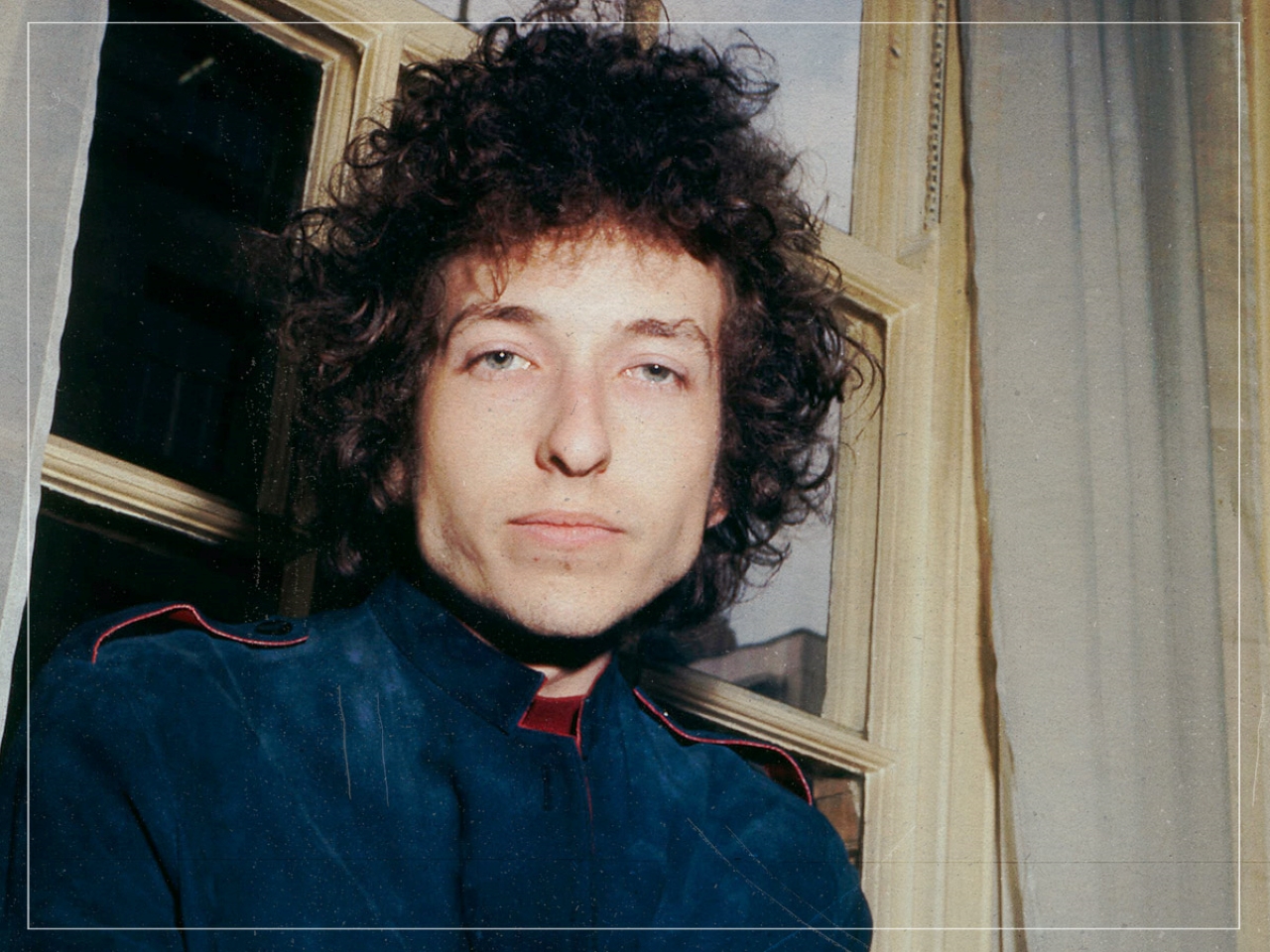🎤 The Voice That Refused to Be Defined
When Bob Dylan released Chronicles: Volume One in 2004, fans expected a straight path through the story of a man who shaped modern songwriting. What they got instead was a winding backroad – fragments of memory, sharp detours, and sudden, vivid portraits of people and places that shaped him. Dylan didn’t hand out the greatest-hits version of his life. Instead, he offered an unconventional self-portrait: part confession, part myth-making, and part sly misdirection.
From the very first pages, Dylan shatters the notion that his career was a carefully planned march toward greatness. He admits to stumbling into fame, resisting labels, and living in constant tension between the public’s version of “Bob Dylan” and the man he knew himself to be.
📜 A Young Man in New York
The book spends surprising time on his early years in Greenwich Village before fame exploded. Dylan paints 1961 New York in gritty, cinematic detail – cold apartments, smoky clubs, and characters whose names have faded from history but left fingerprints on his art. He recalls obsessively listening to old folk records, studying Woody Guthrie’s phrasing, and scouring used bookstores for Civil War chronicles and French poets.
There’s a tenderness in the way Dylan describes these lean years – the borrowed couches, the hunger, and the exhilarating feeling that the city’s electricity was somehow running through him. He wasn’t chasing “greatness”; he was chasing songs.
⚡ Turning Points That Weren’t Planned
Chronicles is almost allergic to the typical “rock star memoir” structure. Dylan skips over monumental moments like his “electric” set at Newport 1965 and barely mentions his motorcycle accident of 1966. Instead, he fixates on quieter, more personal turning points – moments when a song, a book, or a conversation shifted his direction.
One chapter dives into the early 1980s, a period many critics considered Dylan’s creative low point. But through his eyes, it becomes a time of rediscovery. He writes about feeling “invisible” on stage, unsure of his voice, and then finding inspiration in obscure old records that sparked an unexpected revival.
🕶️ The Man Behind the Myth
Dylan uses Chronicles not just to tell stories but to dismantle the idea that he was ever the “voice of a generation.” He calls it a label that felt like a prison. Fame, he suggests, is a trap: the moment you belong to the public, they expect you to stay frozen in the version of you they first fell in love with.
He describes deliberately pulling away from politics in the late 1960s, not because he didn’t care, but because he wanted his songs to live outside the moment. “Songs are alive,” he writes, “they don’t belong to any one time.”
📚 A Literary Songwriter
What makes Chronicles so distinctive is its literary sensibility. Dylan’s prose often reads like his songs – elliptical, textured, layered with meaning. He drifts from topic to topic, weaving in blues lyrics, biblical imagery, and odd historical trivia. One page might be about rehearsals for Oh Mercy, the next about Civil War generals.
It’s less a straight autobiography and more a map of the inside of his mind. As with his music, some passages feel like puzzles – you’re not sure if he’s telling the truth, bending it, or inventing it entirely. But that’s the point: Dylan has always believed in the power of myth.
🌌 Chronicles as a Mirror
In the end, Chronicles: Volume One feels less like a complete life story and more like a mirror Dylan holds up to his audience. You see parts of him, but also parts of yourself – the restless search for meaning, the way small encounters can change everything, the tug-of-war between who we are and who the world thinks we are.
Dylan never released Volume Two or Volume Three, at least not yet, leaving fans wondering what other corners of his life remain hidden. But maybe that’s the point: the shadows are part of the portrait.
